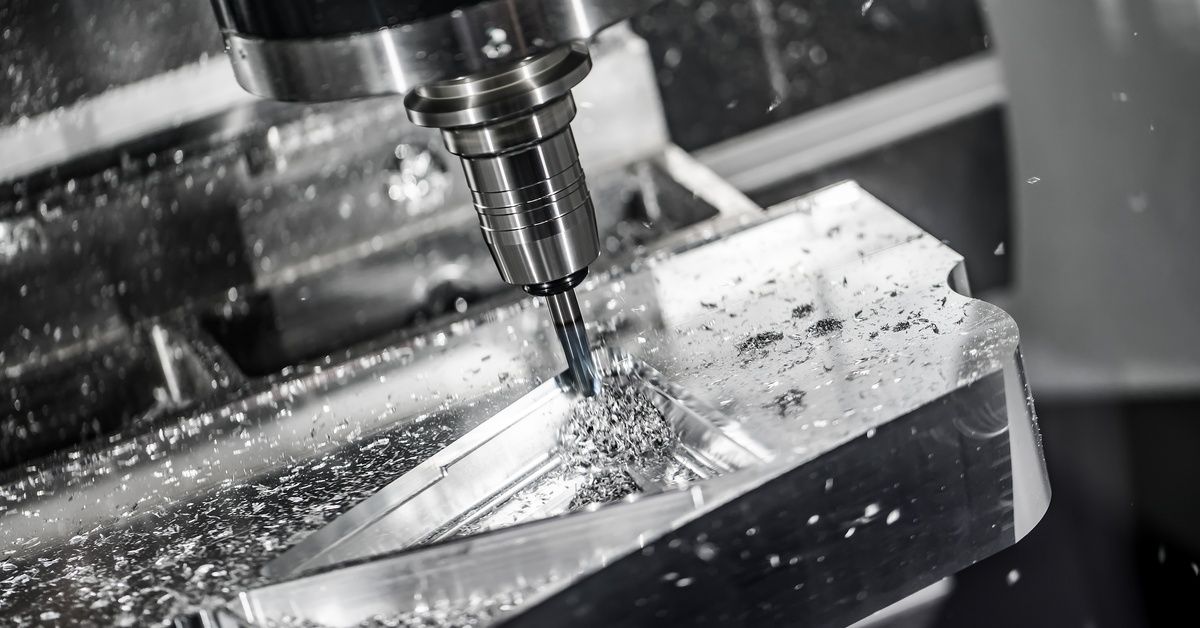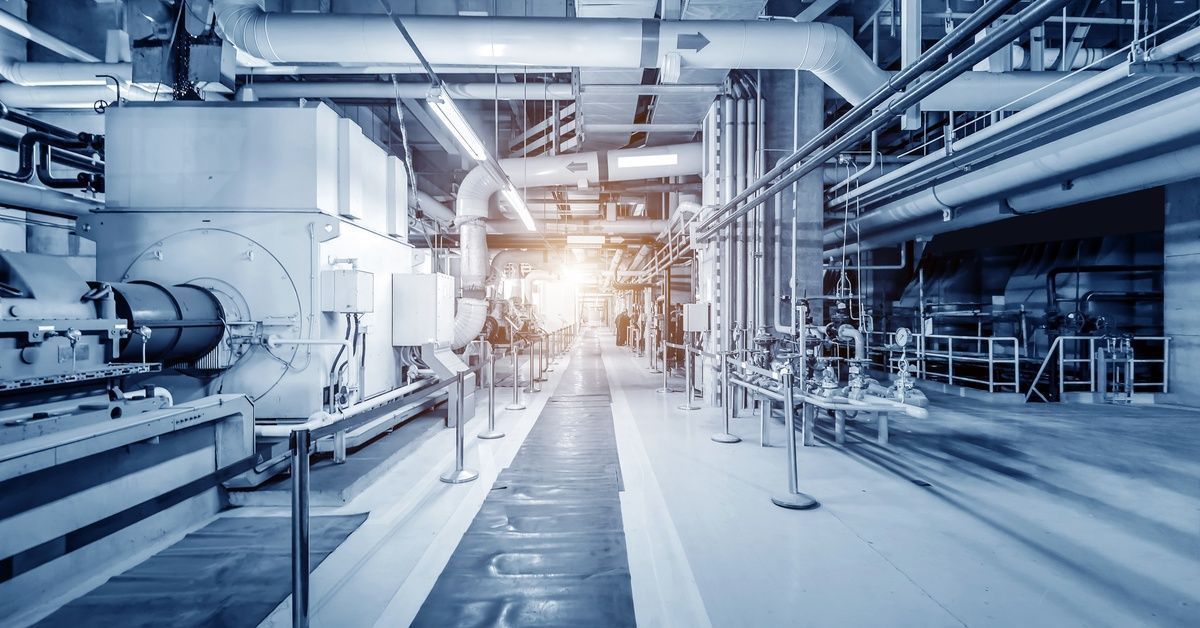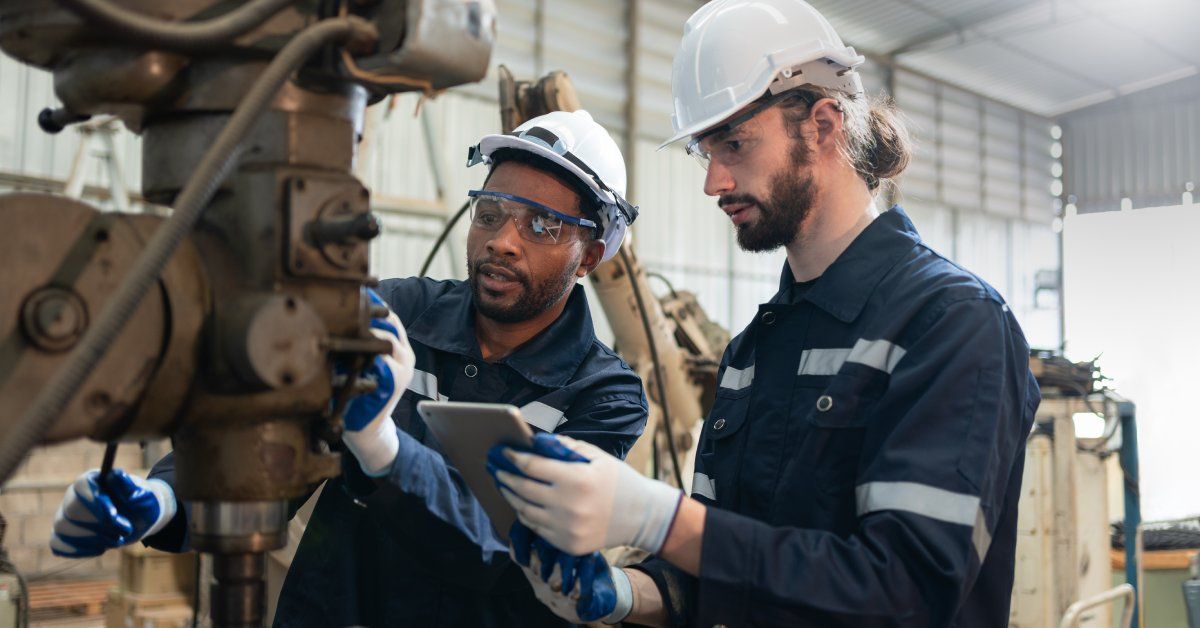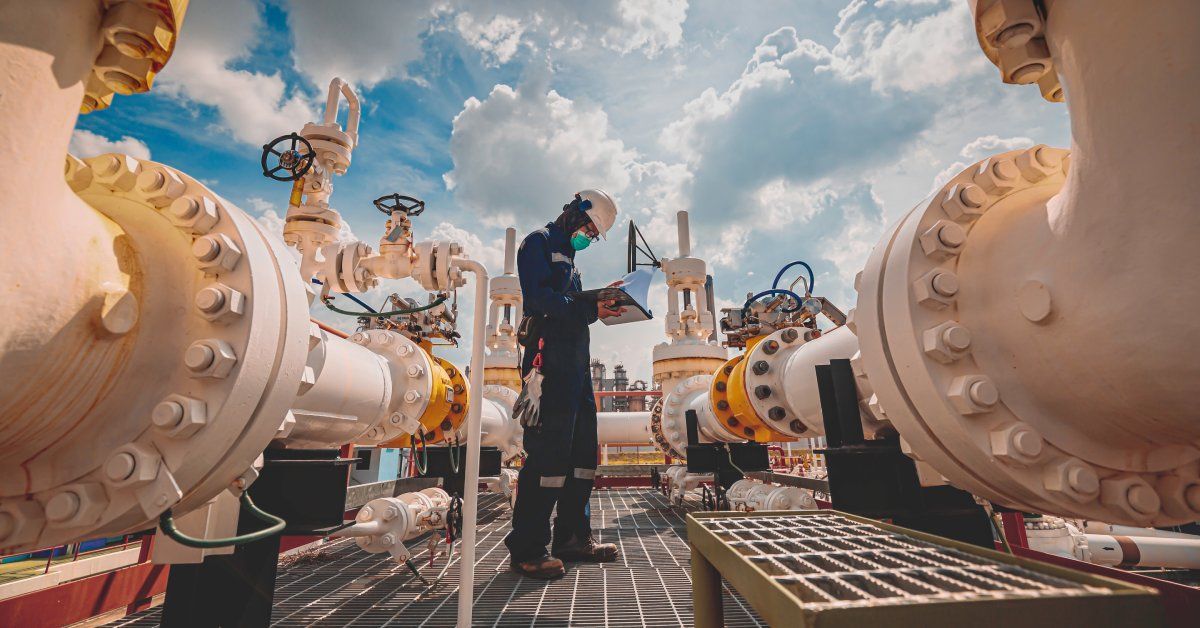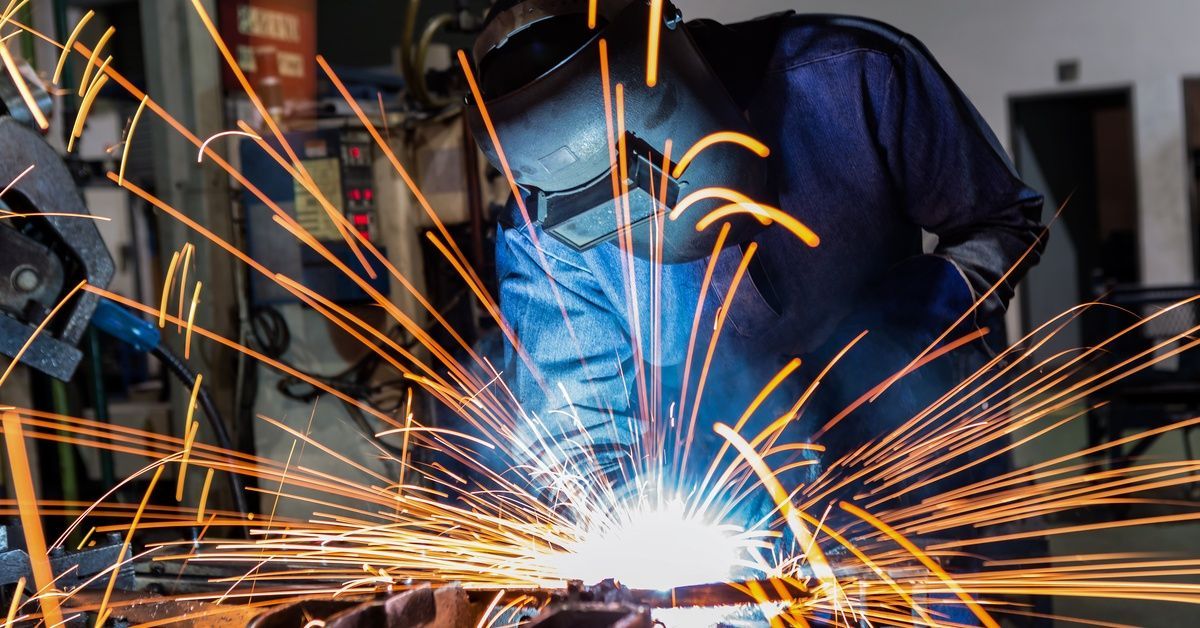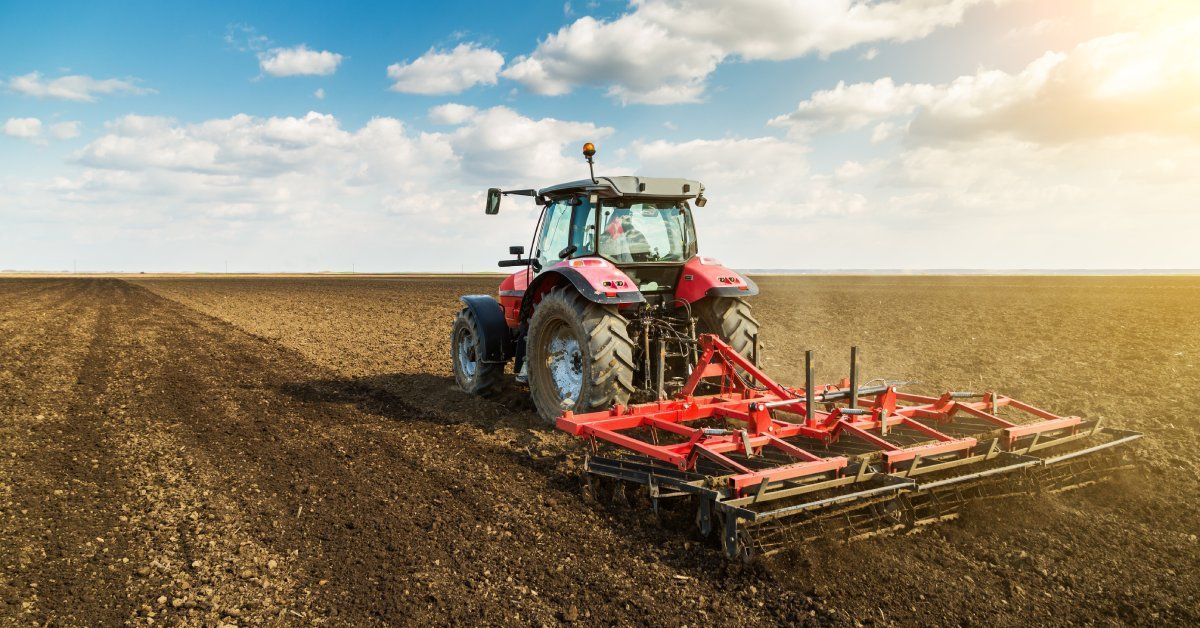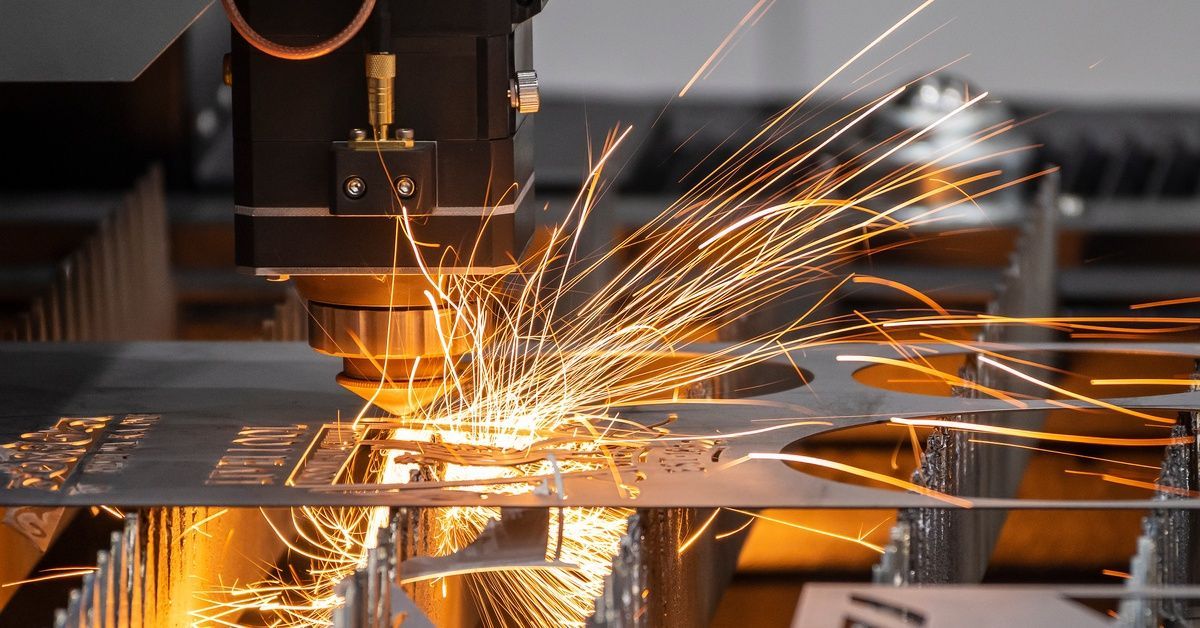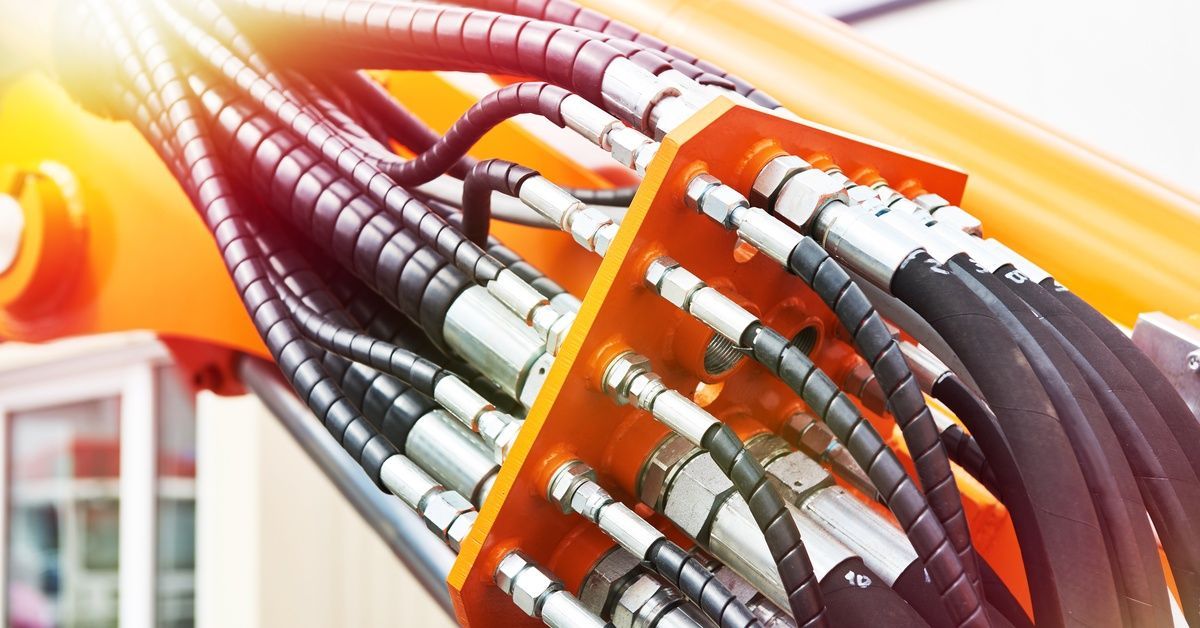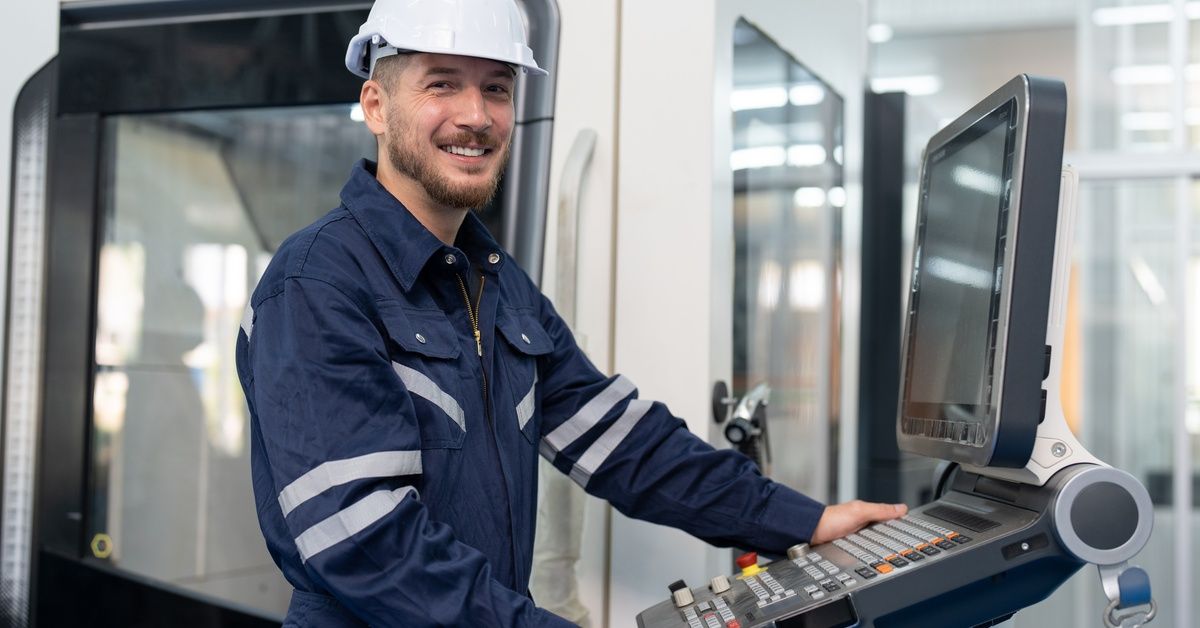Safety Guide for Industrial Equipment Installation
Industrial equipment installation always carries operational risks. A detailed safety plan is essential to protect personnel, prevent equipment damage, and ensure a smooth transition to full operational capacity.
This safety guide for industrial equipment installation outlines the critical protocols and procedures necessary for successful industrial equipment installation, from initial planning to final checks. Following these practices will maintain a secure work environment and uphold the highest standards of operational excellence.
Preinstallation Planning and Assessments
Proper planning forms the foundation of safe installation. Before equipment arrives, your team must conduct thorough assessments and prepare the site to mitigate risks.
Equipment and Manufacturer Guidelines
All industrial machinery comes with specific instructions from the manufacturer that must be strictly followed. Thoroughly review all manufacturer documentation, including manuals, technical specifications, and safety warnings. These documents contain critical information regarding proper handling, assembly, and operational parameters that are unique to the equipment. Compare these guidelines to the equipment’s specifications to confirm whether the machinery aligns with your intended use and is fully functional.
Site Assessment
A comprehensive site assessment is crucial for identifying environmental and logistical challenges that could impact the installation process. The team must inspect the designated installation area to confirm that the foundation is structurally sound and that there is adequate clearance around the equipment for safe operation and future maintenance access. The assessment must include checking for utility connections to ensure they meet the machinery’s requirements and are safely located.
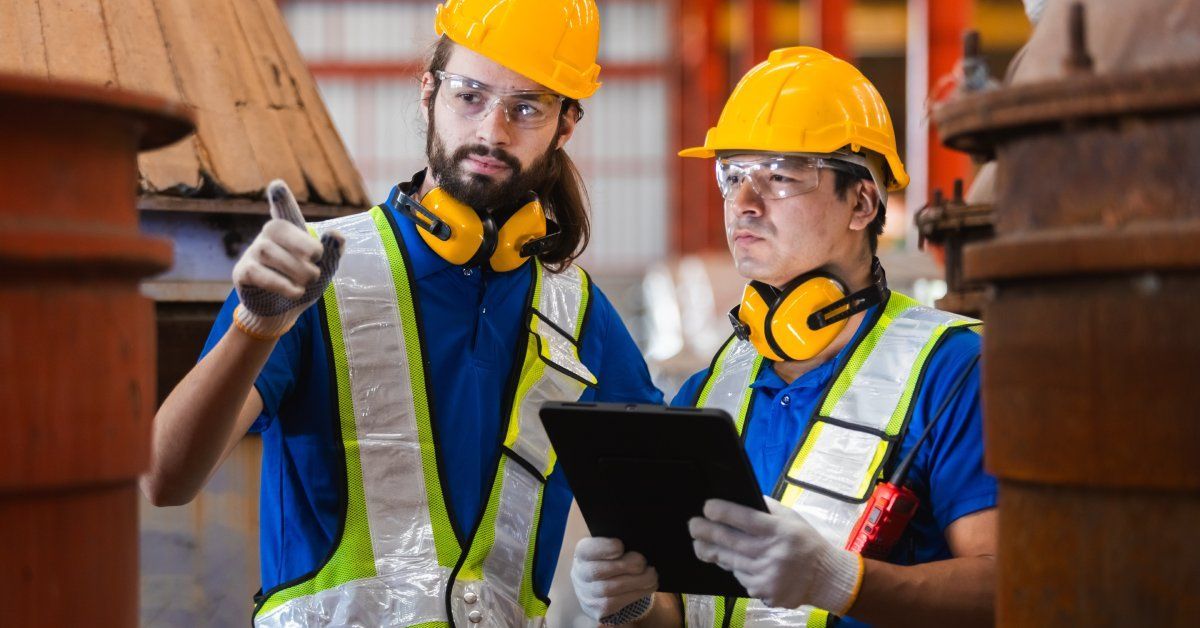
Emergency Protocols
Developing robust emergency protocols should occur before installation. All on-site staff members must know the exact procedures to follow in case of an accident or an unexpected event. The protocols should include evacuation routes, contact information for emergency services, and the locations of first aid supplies. A well-coordinated emergency plan with clear expectations can reduce the severity of an incident.
Equipment Handling and Transport Safety
Safe handling and transport of heavy machinery are critical to preventing accidents during the installation process. This stage involves major risks, and following strict safety guidelines is essential for protecting personnel and equipment.
Proper Lifting Techniques
Using the correct lifting techniques is fundamental for preventing accidents during equipment transport. All personnel involved in lifting operations must be trained on the proper use of cranes, forklifts, and other hoisting equipment. Clear a lifting path and keep it free of personnel and obstacles to avoid collisions or dropped loads. Always follow established best practices for lifting and rigging to maintain control over the load.
Load Securing Guidelines
After lifting the equipment, it must be securely fastened for transport across the site. Your team must use appropriately rated chains, straps, and rigging to secure the load firmly to the transport vehicle or dolly. Double-check all securing points to confirm that they’re tight and that the load is balanced to prevent shifting during movement. Following these load-securing guidelines minimizes the risk of catastrophic equipment damage and personnel injury.
Installation Process Safety Protocols
The installation phase involves connecting and assembling the equipment, which introduces a new set of potential hazards. The following protocols ensure the equipment is assembled correctly and that all energy sources are safely managed.
Precise Alignment
Achieving precise alignment is essential for the equipment’s long-term performance and operational safety. Your installation team must use precision measuring tools, such as laser alignment systems and leveling instruments, to position the machine according to the manufacturer’s specifications. Getting the alignment right at this stage prevents future operational problems and safety issues.
Lockout/Tagout Procedures
Implementing lockout/tagout (LOTO) procedures is mandatory before service or installation work begins on energized equipment. LOTO involves shutting down the equipment, isolating its energy source, and attaching a physical lock and tag to prevent the machine from being reenergized.
These procedures de-energize machinery and prevent its unexpected startup, which is a leading cause of workplace accidents. Every team member must be trained on and strictly follow LOTO protocols for a safer work environment.
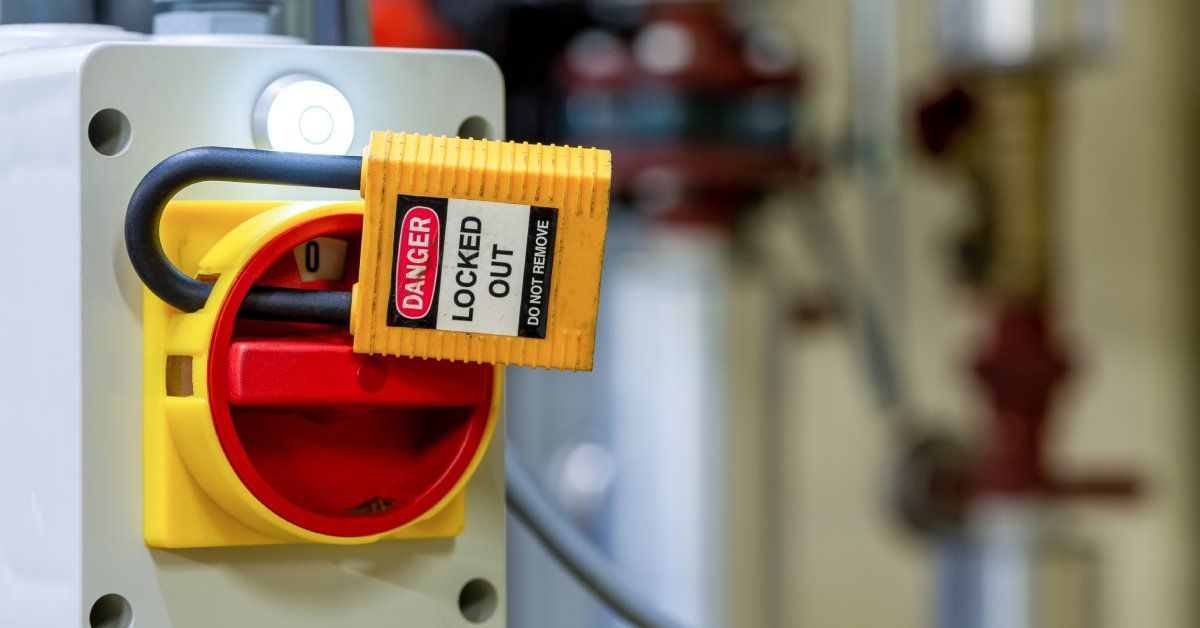
Hazard Mitigation
Installation teams must actively practice hazard mitigation throughout the installation process. This involves continuously identifying and addressing potential dangers, such as trip hazards, electrical risks, and moving parts. Maintaining a clean, organized work area and wearing the appropriate personal protective equipment (PPE) are simple yet effective ways to mitigate many common hazards. Proactive hazard management is a core component of a strong safety culture.
Post-Installation Safety Checks and Maintenance
After equipment installation, a series of post-installation checks and procedures is necessary to safely finalize the project. These checks confirm whether the equipment operates correctly and that all personnel are prepared to use and maintain it.
Equipment Testing
Before the equipment is put into full service, it must undergo rigorous testing. Your team should follow the manufacturer’s startup procedures to power the machine in a controlled environment. Test all operational functions, safety features, and emergency stops to confirm they work correctly. Testing lets you identify and address issues before the equipment is used for production, preventing unexpected failures that could pose a safety risk.
Operator and Maintenance Training
Proper training is essential for the safe and efficient operation of the new equipment. All operators and maintenance personnel must receive comprehensive training directly related to the specific machinery. This training should cover standard operating procedures, routine maintenance tasks, troubleshooting, and emergency protocols. Well-trained personnel are less likely to make errors that could lead to accidents or equipment damage, making this a critical investment in your operational safety.
Site Cleaning
The final step in the installation process is to thoroughly clean the worksite. Your team must remove all tools, leftover materials, and debris from the area around the new equipment. A clean, organized workspace is essential for safe operation and preventing trip-and-fall hazards.
Securing Your Operational Success
Following a comprehensive safety guide for industrial equipment installation is a must. From preinstallation planning to post-installation checks, each step promotes a safe and efficient outcome. By prioritizing safety through established protocols, proper training, and diligent oversight, you can protect your team and your assets.
James Manufacturing is a trusted custom machining shop specializing in metal fabrication and CNC machining to facilitate safe, efficient industrial operations. Contact us today to discuss your needs for OEM or custom machine components.
